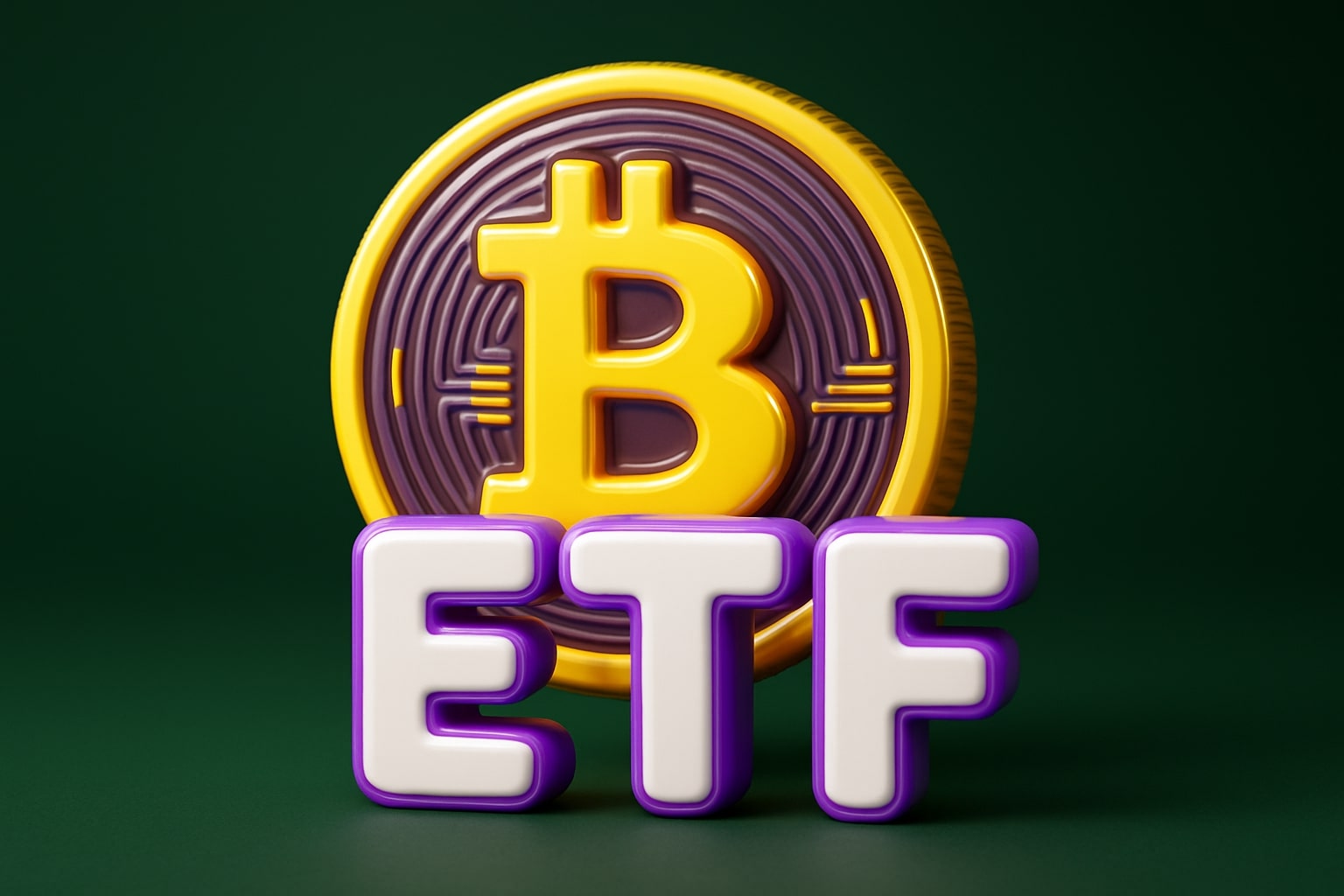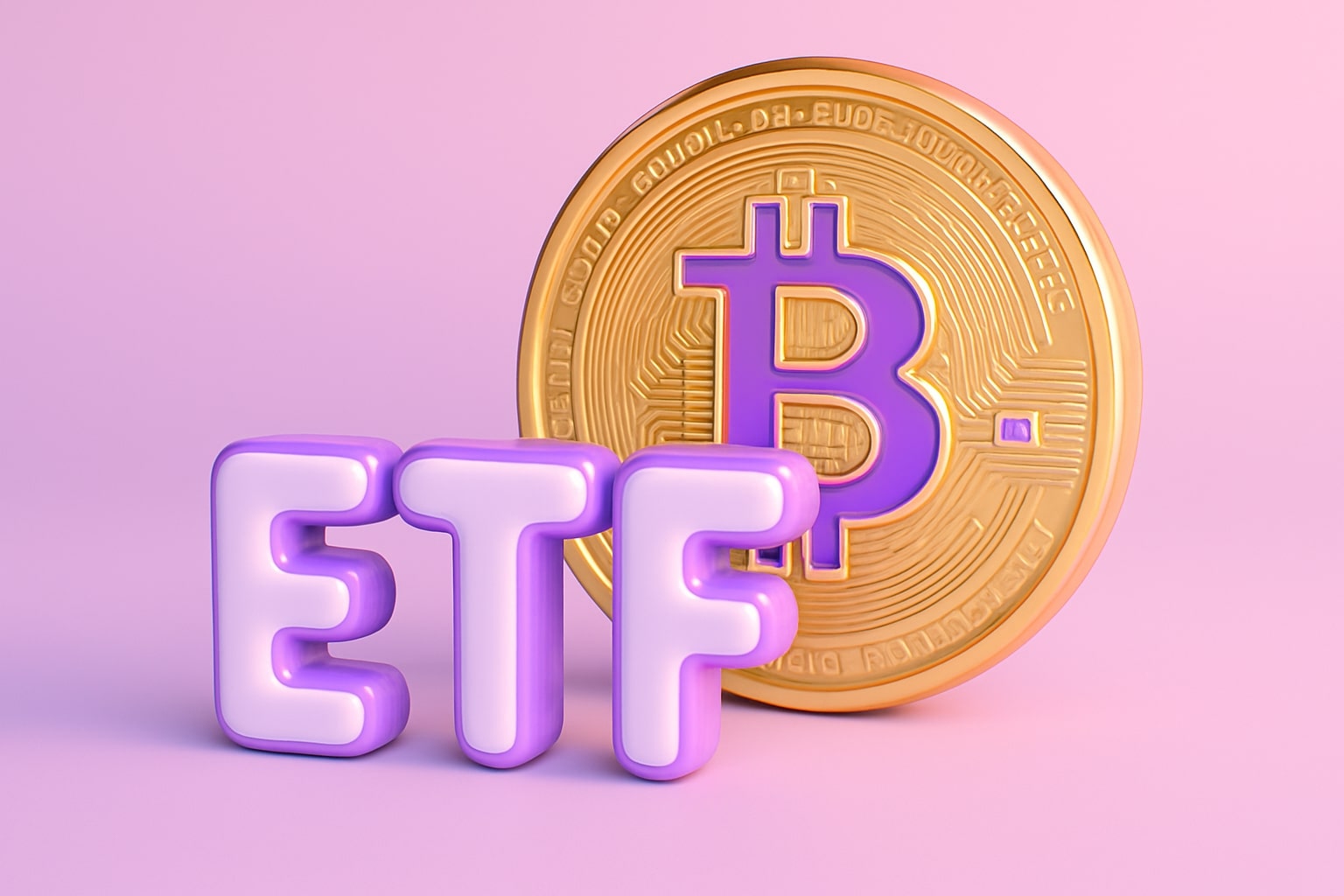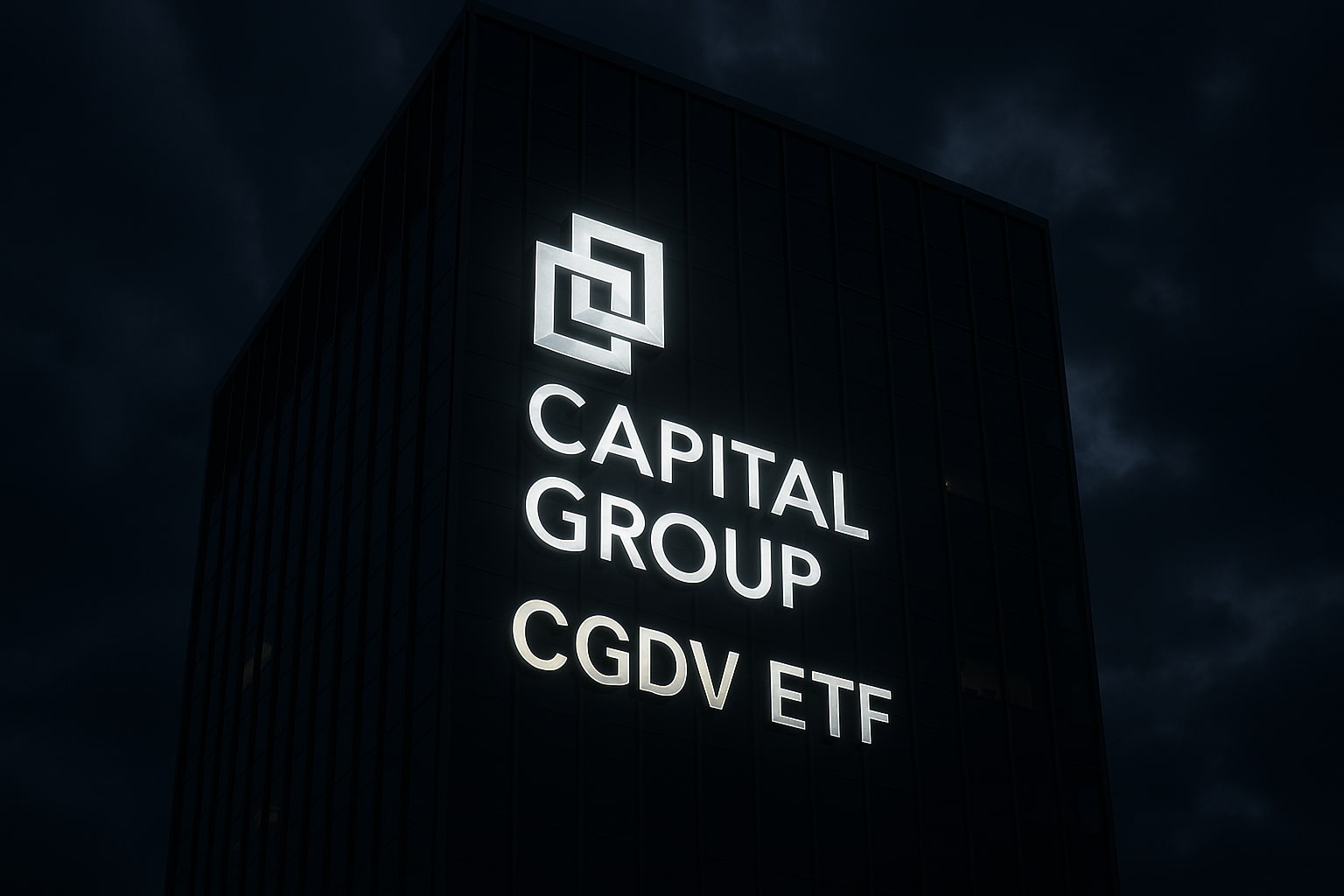
Bitcoin ETFs Post $676 Million Inflows as BTC Tops $120K, BlackRock’s IBIT Nears $91 Billion AUM
Record ETF inflows ignite Bitcoin’s rally to $120,418, with BlackRock, Fidelity, and Bitwise dominating flows while institutional demand outpaces new BTC supply nearly 3-to-1 | That's TradingNEWS
Bitcoin ETFs Pull Record $676M in Daily Inflows as BTC-USD Tops $120,000
Bitcoin (BTC-USD) surged above $120,000, climbing more than 4% in a single day, as U.S. spot Bitcoin ETFs recorded $675.8 million in net inflows, their strongest day since September 10. BlackRock’s iShares Bitcoin Trust (IBIT) dominated with $405.5 million, pushing its net inflows to $61.37 billion and lifting assets under management to nearly $90.9 billion. IBIT’s scale has propelled it into the top 20 ETFs in the U.S., with Bloomberg analysts projecting it could break into the top 10 by 2026 if it maintains its $40B-per-year pace.
Institutional Rotation Into Bitcoin ETFs Accelerates
The inflow streak has extended to three consecutive sessions, with Monday and Tuesday adding $518 million and $430 million, bringing the weekly total to more than $1.6 billion. Year-to-date, U.S. Bitcoin ETFs have absorbed $22.78 billion, with cumulative net inflows since inception topping $58.4 billion. This flow dynamic highlights the deepening structural role of ETFs as the primary channel for institutional exposure, with trading volumes surging to $5.03 billion daily across the top products.
BlackRock, Fidelity, and Bitwise Lead the Pack
While IBIT continues to dominate, Fidelity’s Wise Origin Bitcoin Fund (FBTC) attracted $179.3 million, raising its total to $12.46 billion, with daily volume exceeding $500 million. Bitwise’s BITB added $59.4 million, while smaller contributions came from Ark’s ARKB at $5.9 million, VanEck’s HODL at $6.6 million, and even Grayscale’s GBTC, which saw a rare inflow of $9.2 million despite its long-running outflows. Collectively, U.S. spot Bitcoin ETFs now manage approximately $155.9 billion in assets.
Macro Backdrop: Fed Policy, Shutdown, and Dollar Weakness
ETF inflows are not occurring in isolation. The Federal Reserve’s September rate cut has shifted allocator positioning, with markets pricing two more cuts by year-end. The ongoing U.S. government shutdown has paralyzed economic reporting, delaying the NFP release, but ADP already signaled weakness with 32,000 jobs lost in September. This combination of slowing labor data, a softer dollar, and surging gold prices has fueled safe-haven flows into Bitcoin. Analysts note that Bitcoin is absorbing both “digital gold” store-of-value demand and high-growth risk appetite, a rare dual narrative that few assets can straddle.
ETF Buying Outpaces Miner Supply by 2.7x
At the current pace, U.S. spot Bitcoin ETFs are absorbing supply at more than 2.7x the rate of new BTC issuance post-halving. In the last four weeks, inflows totaled $3.96 billion, equivalent to roughly 112,000 BTC purchased, compared to just 41,400 BTC mined in the same period. This supply shock dynamic, if sustained, keeps upward pressure on spot prices and futures basis. In a bullish scenario, quarterly ETF net inflows could reach $18.5 billion, retiring as much as 161,000 BTC, nearly 4x miner output.
BTC-USD Price Reaction and Technical Landscape
BTC-USD climbed to an intraday high of $120,331, with a weekly gain of 8.2% and a monthly rally of more than 20%. The critical resistance band lies between $120K–$122K, where repeated failures in August capped upside. A decisive break could open targets toward $124,500 and $128,000, while support sits at $115,800–$116,000. Momentum indicators remain constructive, with RSI hovering near 59, leaving room before overbought conditions. Futures data on CME confirm rising open interest and deepening institutional participation, with ETF creation and redemption windows increasingly dictating price discovery.
Ethereum ETFs Join the Flow Wave, But Scale Remains Smaller
While Bitcoin funds dominate, Ethereum ETFs also attracted $80.9 million in net inflows, led by Fidelity’s FETH with $36.8M and BlackRock’s ETHA with $26.2M. Grayscale’s ETHE added $3.6M, lifting combined ETH ETF assets to $28.7 billion, around 5.3% of ETH’s market cap. ETH rallied 3.7% to $4,487, but despite steady flows, it lags Bitcoin in scale, where IBIT alone holds more than triple all ETH ETFs combined. Still, analysts highlight ETH’s growing role in diversification as institutions allocate across multiple blockchains.
Read More
-
CGDV ETF Outpaces S&P 500 With $24.5 B AUM and 21% Total Return
20.11.2025 · TradingNEWS ArchiveStocks
-
Ripple’s XRPI and XRPR, XRP ETFs Slide to $11.76 and $16.51 as XRP-USD Stabilizes Near $2.00 After NYSE ETF Launch
20.11.2025 · TradingNEWS ArchiveCrypto
-
Natural Gas Price Forecast - (NG=F) Climbs to $4.62 as Cold Snap Fuels Demand and Traders Await EIA Report
20.11.2025 · TradingNEWS ArchiveCommodities
-
USD/JPY Price Forecast - Dollar to Yen Soars to 157.70 as BoJ Paralysis Deepens Yen’s 6% Fall
20.11.2025 · TradingNEWS ArchiveForex
Global Demand and Seasonality Fuel “Uptober” Momentum
October has historically been Bitcoin’s strongest month, and 2025 appears no exception. With cumulative ETF net inflows exceeding $6 billion over the last 12 weeks, and the U.S. dollar under pressure from disinflationary data, investors are rotating into risk assets. CoinShares data show $1.03 billion in digital asset fund inflows globally last week, with Bitcoin capturing $790 million. European ETPs also saw renewed interest, aligning with U.S. flows.
Insider and Treasury Flows Support the Narrative
Corporate treasuries are again increasing allocations. Several public firms have disclosed Bitcoin purchases in Q3, with aggregate holdings now surpassing 350,000 BTC across corporate balance sheets. Insider transactions also hint at increased exposure by financial leaders integrating Bitcoin ETFs into portfolios, though individual activity remains more opaque than equities.

















